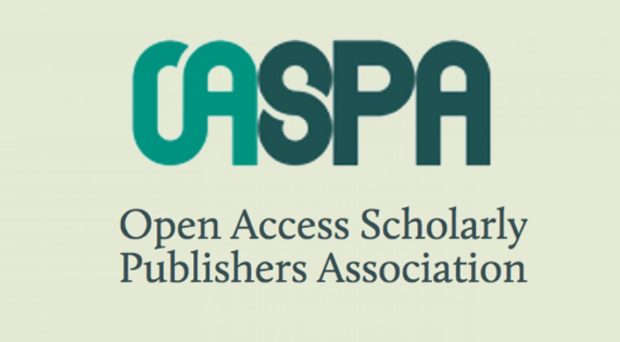
Working at BioMed Central I am always surrounded by open access and open research. The importance and value of that is, as you would expect, a given in our office. In this environment, it can be hard to remember the relatively short history of open access and the huge amount of work still to be done to promote more open practices in research and publishing. However, those of us who were at COASP 2016 were left in no doubt of the importance of this movement of which we are part.
The reasons for pioneering open access and promoting open practices is fundamentally to promote the public good
The tone was strongly set by Heather Joseph, Executive Director of SPARC, who reminded the audience that open access is a social movement rather than just a business model. The reasons for pioneering open access and promoting open practices is fundamentally to promote the public good, whether that is through increased collaboration between research groups and communities, increased access to research outputs or increased scrutiny of raw datasets. It is not ‘open for the sake of being open’ but ‘open in order to….’ and that sentence should be completed with something which relates to the public good.
After such an energetic start, this tone resonated through many of the other talks, making for an engaging two days. We heard about new technologies and innovations, including thoughts about what the article of the future might look like. We heard about the financial sustainability of the APC model for funding open access publication, and details of models of non-APC open access publishing. We heard about post-publication peer review and the problems of credit and evaluation for authors. And we heard about other initiatives in open scholarship, beyond the bounds of simply open access publishing of research.
From such a full conference it is difficult to pull out just a few highlights, but I think that the session which will stay with me most was the panel on ‘Evaluation’. The focus of Peer Review Week 2016 was on how reviewers can gain credit for the contributions which they make to research publishing, and this session at COASP highlighted that of course, credit is an equally important topic for authors. Melissa Gymrek from Harvard/MIT addressed the challenges of credit in multidisciplinary teams. So much of research is collaborative, and the advancement of knowledge can benefit from increased interdisciplinary collaboration. It is therefore important to find new ways to ensure that all authors in these huge collaborations receive the recognition for their contribution – whether they are first, second or ‘somewhere in the middle’ author. Melissa Haendel from Oregon Health & Science University and Force 11 made a similar and complementary case, addressing the problems of acknowledging different types of contributions. She highlighted that some researchers are key people on grant applications but never make it onto the published articles because their contributions to the work are not traditionally recognised.
Veronique Kiermer, Executive Editor at PLOS challenged publishers to do what they could with technology to support recognition of a variety of contributions in a machine readable manner. This is something which BioMed Central has been working on, as Amye Kenall wrote on our blog about machine-readable authorship badges back in 2014. I agree with the call to action for publishers to provide author-focused methods of measuring contributions to research in more innovative ways, but it also struck me that the main conversation about evaluating contributions has to happen in the committee rooms where senior people in research institutions are deciding on tenure applications and promotions and where grant bodies are deciding who gets funding. If views on what makes a contribution to research don’t evolve in those locations, then all the new technologies won’t make enough of an impact.
For me and many other people at BioMed Central, what gets us coming to work here is the passion for open research which permeates everything which we are aiming to achieve
The discussions during the sessions highlighted some of the potential tension between the idea of open access as a social movement and the environment of commercial publishing. However, it was also evident in the discussions that these different aspects of the open access movement, advocacy and publishers, can work together effectively to promote the dissemination of research for the public good. For me and many other people at BioMed Central, what gets us coming to work here is the passion for open research which permeates everything which we are aiming to achieve. So did I feel out of place at a conference which emphasised the importance of open access and open research as a social movement? No, I felt right at home.
Comments